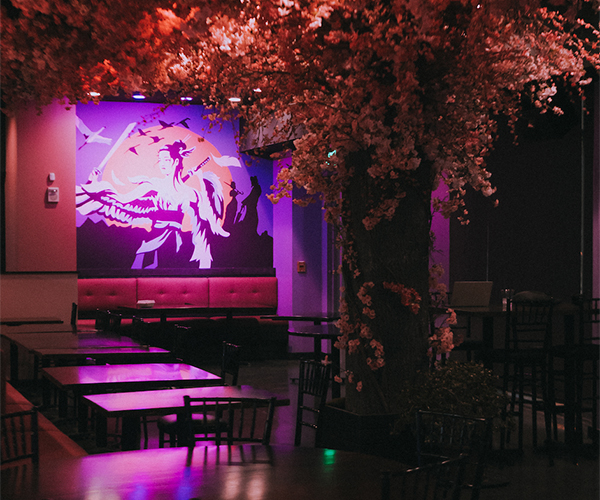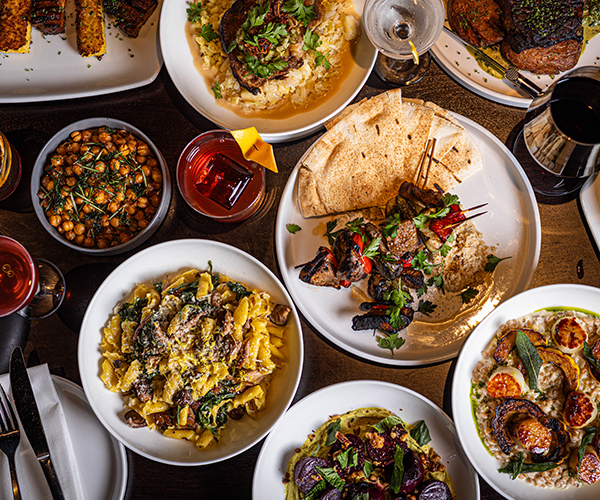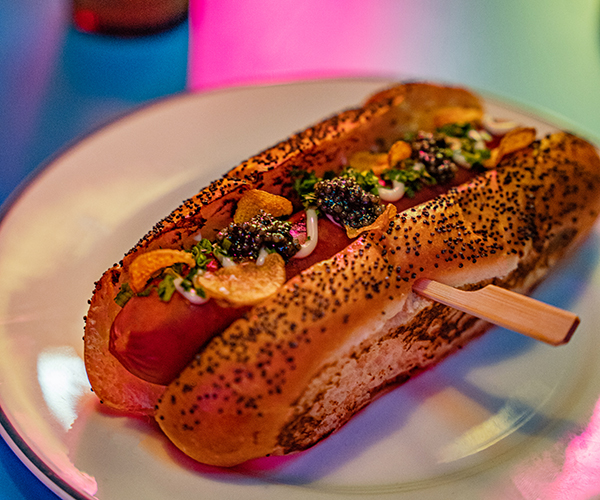1. Many items are actually just variations on a theme. Knowing this pares down the possibilities. Bay chha jee, for example, is a fiery version of fried rice. It comes eight ways: with vegetables, chicken, beef, shrimp, pork, seafood, a combination of proteins or, in an extra-hot incarnation, paired with chili-spiked beef and shrimp (#29B on the menu).
2. The dish’s name often tells you about the kind of sauce that characterizes it. Everything under the heading taprom has a sweet-and-sour flavor. Kreoung tells you it’s a stir-fry made with a spicy paste of lime leaves, garlic, turmeric and galanga roots, and lemon grass. (There are 15 on the menu.)
3. There are many different kinds of curries. You can get them mild, medium or hot. Each has numerous variations. Neak poan are made with coconut milk. Bayon features eggpplant, green beans and squash. Kuy teav chha kreoung tek trey phem are green curries, and I advise pointing rather than attempting to pronounce this one.
4. If you like Chinese lo mein, you’ll enjoy these mild, simple noodle dishes: mi chha, pad thai, mi kontaang, banh sougnh and loath chha. Mi bompoong means the dish has crispy fried noodles.
5. The menu includes some Vietnamese dishes because the two countries share a border and some culinary stylings. Anything with Khmer in the name is definitely Cambodian.
6. Consider yourself a culinary adventurer? Sample some very traditional Cambodian dishes by ordering amok siemreap, seafood steamed in a banana leaf, or samlaw machou Phnom Penh, a tangy stew prepared with tamarind, tomato and pineapple.



